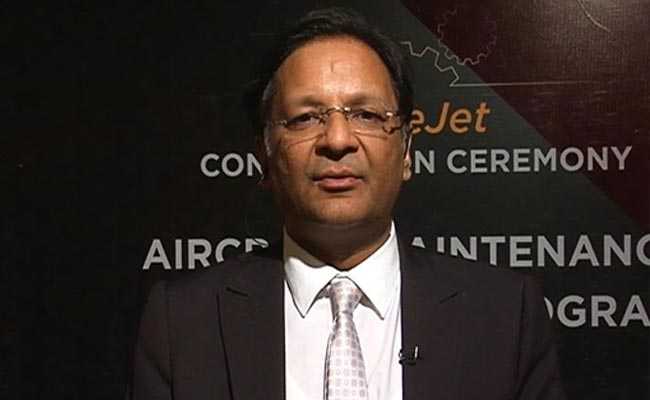UDAN routes financially viable without viability gap funds: SpiceJet chief
28 January, 2018

Terming the Government's regional air connectivity scheme UDAN a big success, SpiceJet chief Ajay Singh has said the airline has not taken the viability gap funding so far as the routes operated by it under the scheme are financially viable on their own.
UDAN (Ude Desh ka Aam Naagrik) aims to connect unserved and under-served airports as well as make flying more affordable for the masses.
SpiceJet has bagged routes in the first and second rounds of bidding under the scheme.
“On UDAN, our philosophy at SpiceJet is that wherever viability gap funding (VGF) is not required, we will not take it because the Government should use the money where it is required,” said Singh.
“So far this has proved to be right because all the sectors we are flying as yet are financially viable without that viability gap funding,” he said.
Airlines participating in the scheme are extended VGF — which is shared by the respective state government and the Centre — as well as certain other incentives.
The Centre contributes 80 per cent of the VGF amount, while the remaining comes from the state governments concerned and in the case of north-eastern states and union territories, the sharing ratio is 90:10.
The SpiceJet Chairman and Managing Director said UDAN has been a big success as so many unused airports in smaller cities are now coming into use.
“We have noticed that people from smaller cities do not want to travel to another city to take a flight and they would rather want to fly from their own town,” Singh said.
On Wednesday, the Civil Aviation Ministry announced awarding 325 more routes to airlines as well as helicopter operators in the second round of bidding under UDAN.
In the first round, a total of 128 routes were awarded to five players.
The budget carrier operates an average of 402 flights daily to 51 destinations, including seven international ones. It has a fleet of 38 Boeing 737NG and 22 Bombardier Q-400s.
